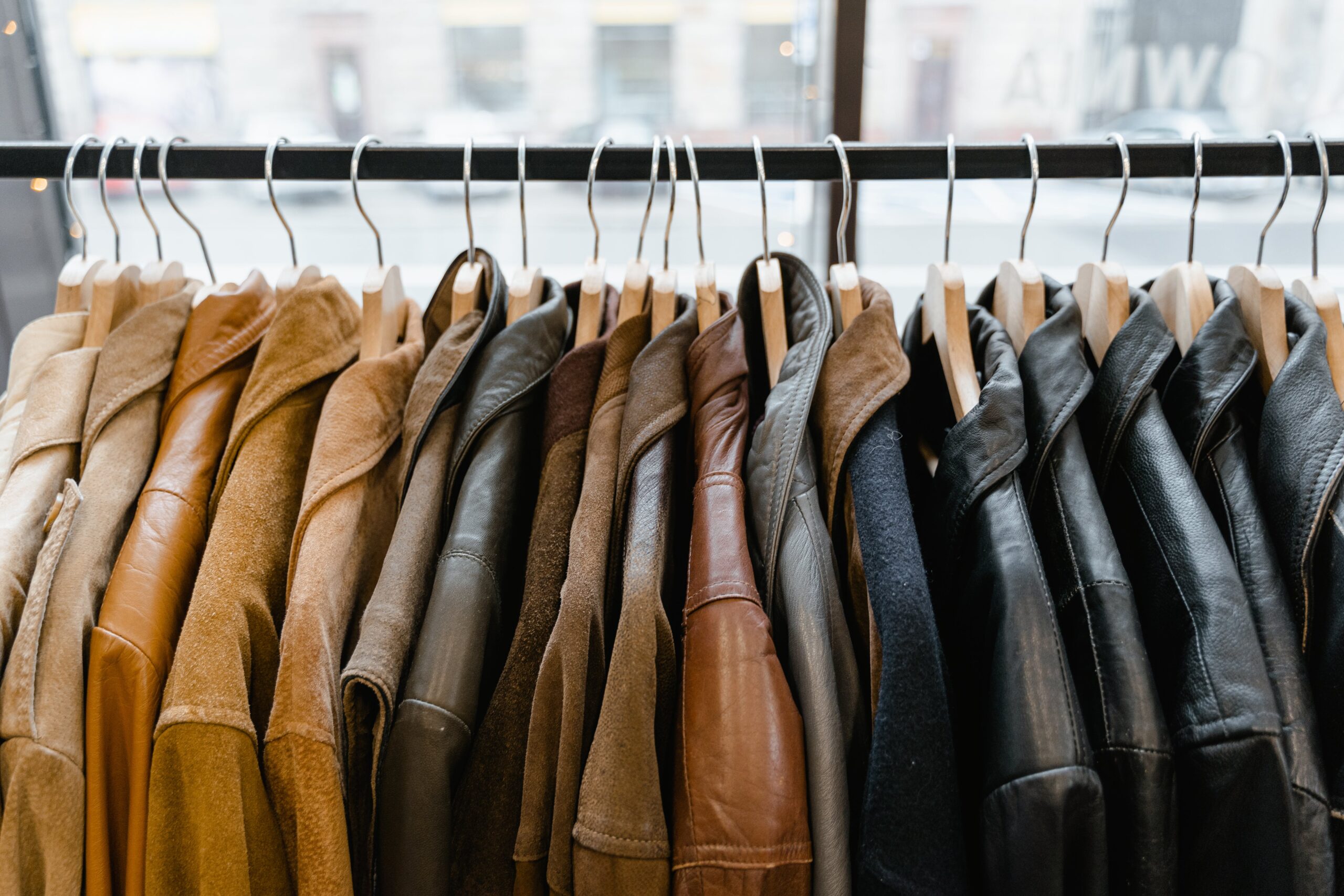Leather is the product of a wonderful structure of nature and beauty, with fine grain patterns that run beneath its grainy surface. It has long been an icon of authenticity, naturalness, a symbol of luxury, and its scent and touch are so deep that they evoke an ancient feeling of sensual pleasure. A major material of the past, evidence of its use dates back to Egyptian wall paintings and the Bible. They were used in a variety of ways including, but not limited to, tanned leather, leather treated with oil or grease, rawhide, parchment or vellum. One of the main reasons for its popularity is attributed to the fact that it is extremely useful, durable and desirable to use animal skin as a material.
Animal skin, if left untreated, degrades very quickly due to bacterial decomposition. However, this process can be slowed down by curing the skin of the leather, tanning it, and making a resistant product. This durable leather product is popular for its flexibility, strength and flatness, as well as its availability in cultures where many animals are slaughtered for meat. The skin can be tough. firm and rigid like a basket, soft and flexible like a cloth, or watertight and hard like a vessel, all due to the different chemical and physical properties of the animal hide, species, and treatment method. Understanding the transformation of animal skin during tanning is very important for the creation and innovation of aesthetic leather products. Craftsmen often pay attention to the sensory nature of leather and how it feels to the touch, for example, vellum is used as a wall covering due to its tactile smoothness, while also being visually aesthetic. transparency and the texture created by the hair follicle.
Since humans migrated to the Northern Hemisphere, leather has been a commonly used material in the past, as our ancestors have worn it since the Paleolithic era to protect them from the harsh cold. Around them were raw materials such as animal skins, which were shaped, rubbed, salted, dried and sewn for better use. According to the findings of the latest and most widespread archaeological excavations, it became widespread in Europe and the Mediterranean region, especially in the Roman period, as the technology of leather processing improved with the introduction of vegetable tanning. Leather has also been preserved and found in Egyptian chariot equipment over 3,000 years old, surviving the harsh arid environment of Egypt. This equipment was often used in fast-paced intense battles. One of the characteristics of the carts were straps, which were used to attach leather coverings to the wooden structures. The equipment worn by the coachmen was also made of leather, such as wrist guards, bridles, reins and straps. Some of the leather pieces were decorated with leather appliqués, others were plain. Leather was divided into two main groups based on robustness and color, green and red fine leather and green and beige robust leather.

(Leather workshop showing the manufacture of various items associated with the chariot and the application of leather components such as tires to the chariot itself. From: Davies 1963, pl.VIII)
In the Mediterranean, the skin was also used as wineskin, which was used to store wine. Wine’s ability to impart a unique flavor was one of the reasons why it became popular at feasts and drinking parties, as well as religious holidays. Cuir bouilli, the armor famously used in the Middle Ages, is made of hardened leather. The name itself is usually translated from Norman French as “boiled skin”. This non-metallic armor has amazing defensive properties against arrows, which explains its popularity. In the 19th century, Native Americans also used leather to make shields. The combat effectiveness of this Native American shield was noted by a US Army surgeon in 1862 who stated that this bull hide material was arrow-proof while weighing only eight to ten pounds.
In some Northern European traditions of leathermaking, women used animal and processing methods to select the surface of the leather to make shoes that protected the feet from the wet fall and cold winter, often a point of pride for the wearer. of these shoes. But that’s all a long time ago, what about recently? In 1963, a new leather revolution began, started by men such as Johnny Piccard (young chemist), Charlie Lynch (marketing director) and Bill Lawson (B-17 fighter pilot). They have brought back what is often colloquially referred to as ‘bent for leather’. The development of leather processing machines from 1769 to around 1850 replaced manual processing.
Leather is now as widely used as ever. Even the fast fashion artificial leather/PU leather technology could not replace the original material. Its durability and robustness are one of the reasons why it is favored in the luxury fashion industry. However, due to its high price, it was out of reach for the majority of middle class people around the world. We at GarmentsX strive to produce leather that the majority of the middle class population can afford. We can achieve this by sustainably recycling and processing the skin of animals used primarily for meat, which would otherwise have been thrown away, so that the end product is not only qualitatively better. and handicrafts, but also available to the majority of the population. You can discover our leather jackets in our online store Buneri.eu and order now!
Author :
Muhammad Salman
Bsc Biology | University of Debrecen, Hungary
References:
WHY LEATHER? Material and Cultural Dimensions of Skin – Susanna Harris and André J. Veldmeijer | 2014
FAUX REAL: Real Leather and 200 Years of Inspired Fakes – Robert Kanigel


